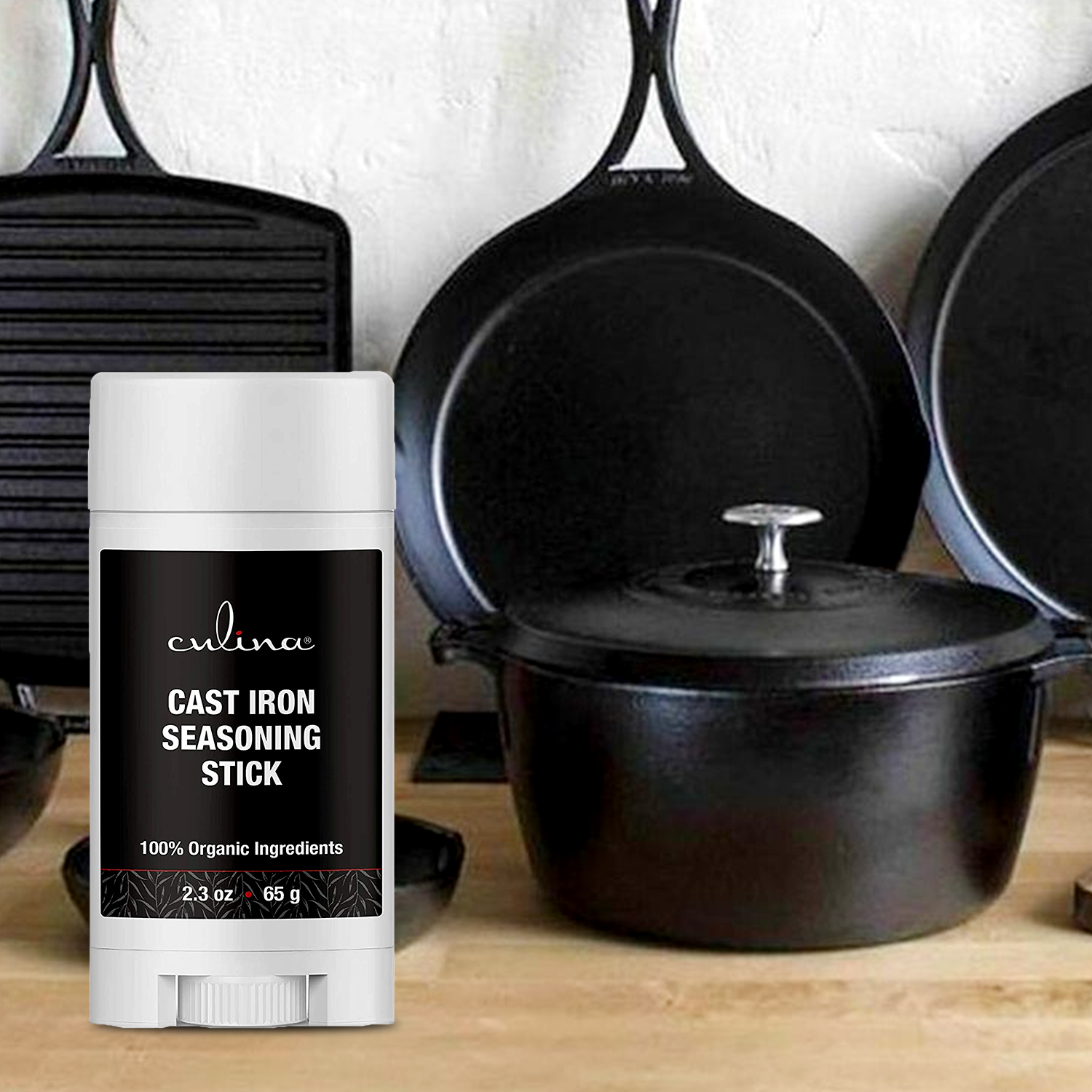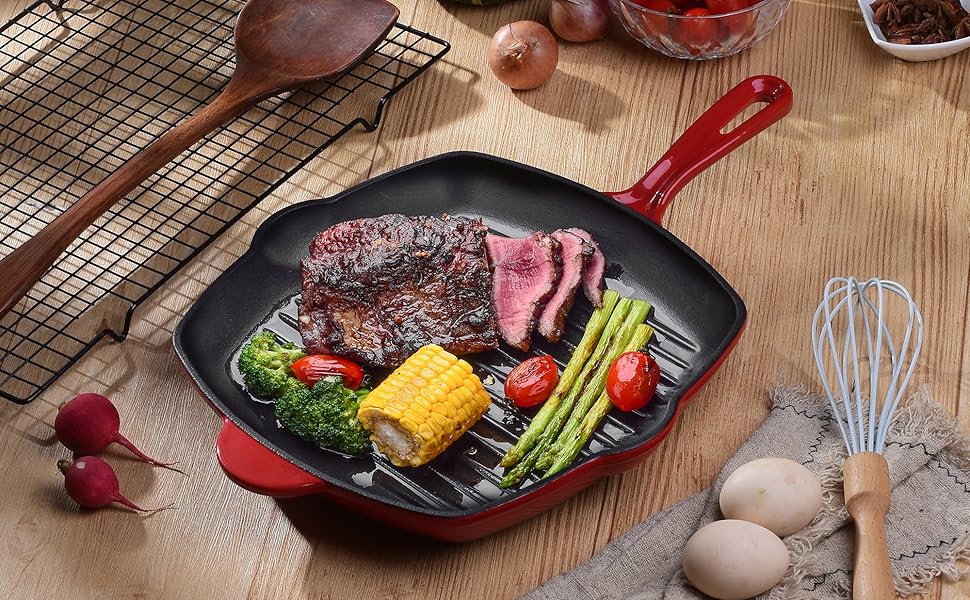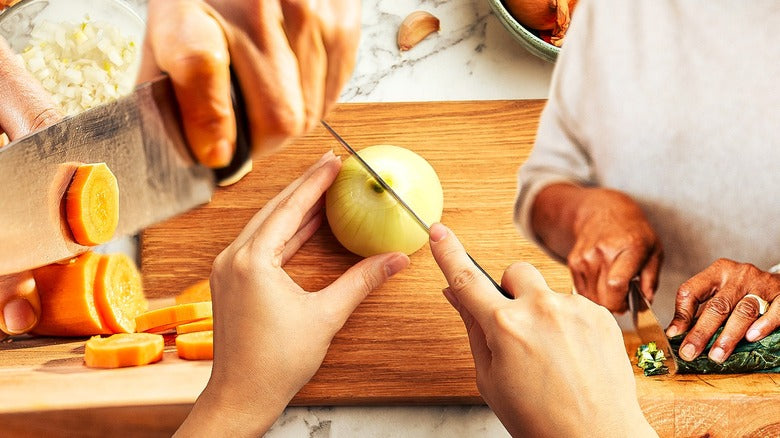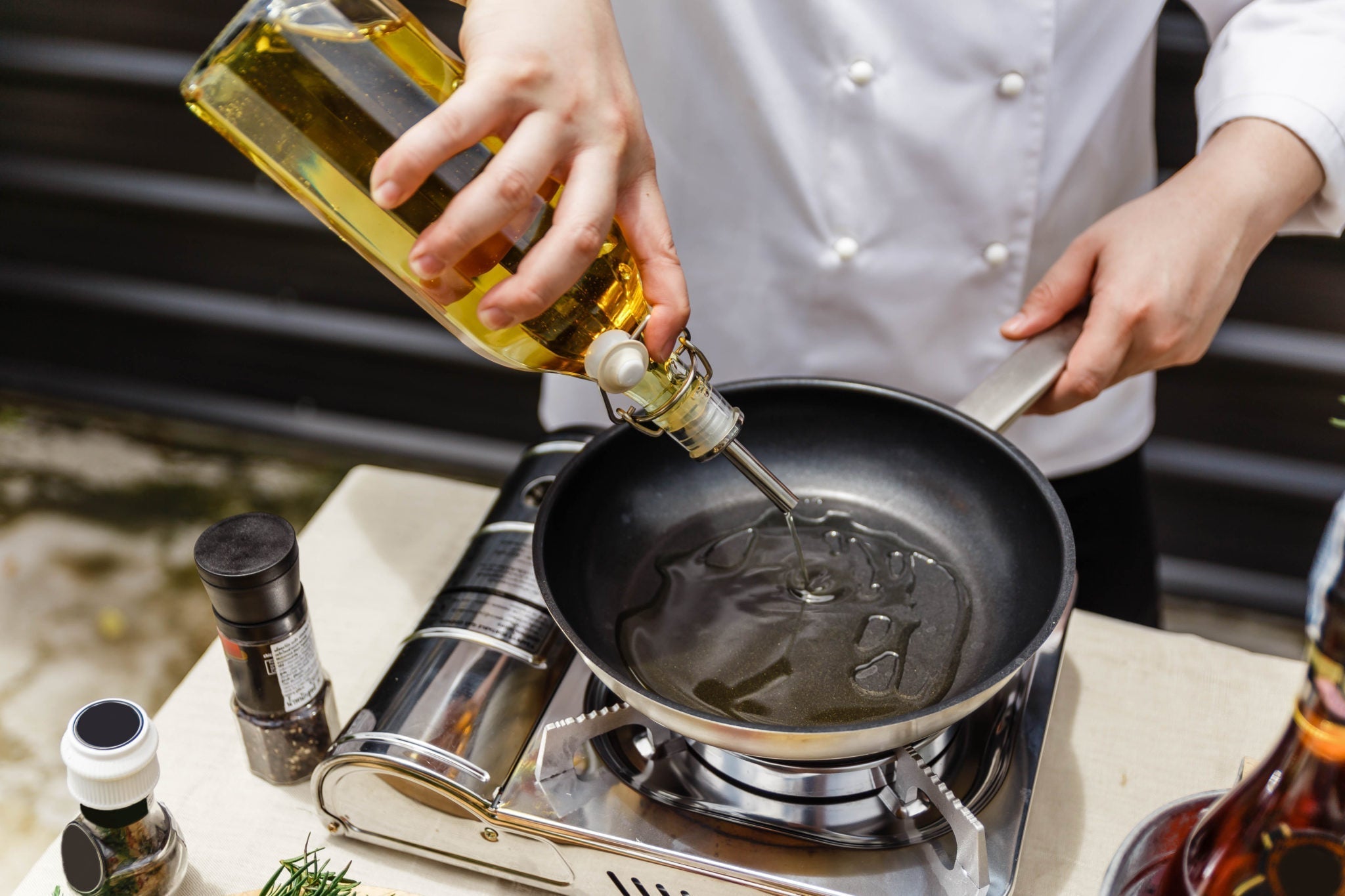The choice of cooking methods in a professional kitchen can significantly impact the quality of the dishes served. One essential tool available to chefs is the grill pan. Understanding when to use a grill pan can elevate your cooking, ensuring a delicious outcome that captures the essence of grilling even in an indoor setup. This article delves into the specifics of grill pans, their advantages, and situations where they shine the most.

What is a Grill Pan?
A grill pan is a heavyweight frying pan with raised ridges on the cooking surface. These ridges allow for a grilling effect by providing a searing surface while letting excess fat drain away. Given its unique design, it's essential for kitchen professionals to know when to use a grill pan to achieve optimal results.
Why Use a Grill Pan?
In several culinary scenarios, a grill pan offers advantages that other cooking methods do not. Here are some reasons why:
- Indoor Grilling: One of the primary reasons for using a grill pan is to replicate the flavors of outdoor grilling. Even without a traditional grill, you can achieve those iconic grill marks and smoky flavors.
- Healthier Cooking: The design of a grill pan allows for excess fat to drain away, making it a healthier option for cooking meats and vegetables compared to traditional frying.
- Versatile Use: Grill pans can handle a variety of ingredients, from meats like steaks and chicken to vegetables and even fruits such as peaches.
:max_bytes(150000):strip_icc()/ewl-grill-pans-test-le-creuset-signature-cast-iron-10-25in-square-skillet-wdickey-450-cdb9892ff2844d17bc0bc1e1860fa045.jpeg)
When to Use a Grill Pan?
Knowing when to use a grill pan involves understanding its strengths. Here are some scenarios that make it the perfect choice:
1. Indoor Cooking During Inclement Weather
When outdoor conditions are less than perfect, using a grill pan allows for grilling year-round. Kitchen professionals can maintain their grilling techniques regardless of the weather.
2. Cooking Smaller Cuts of Meat
For smaller pieces of meat, such as chicken breasts, pork chops, or even shrimp, a grill pan provides the necessary surface area to sear the ingredients without needing a large outdoor grill.
3. Preparing Sides and Vegetables
Grill pans are excellent for charring vegetables or preparing sides. Zucchini, bell peppers, and corn, when grilled in a grill pan, can enhance the flavors, making them the star of the dish.
4. Quick Cooking for Weeknight Meals
The grill pan allows for quick cooking, ideal for busy weeknights. Professionals can prepare meals in less time without sacrificing flavor, using a grill pan for everything from grilled sandwiches to quick-cooking meats.
:max_bytes(150000):strip_icc()/faw-product-staub-enameled-cast-iron-grill-pan-9-grill-pans-rkilgore-1135-5a6b50ae8b2c44208e0b30df4f4c63e3.jpeg)
How to Properly Use a Grill Pan
To maximize the potential of a grill pan, chefs must know how to use it properly:
1. Preheat the Pan
Like any grill, preheating is key. Ensure your pan is hot before adding ingredients; this promotes better searing and enhances flavor.
2. Use Oil Sparingly
While some oil is necessary to prevent sticking, too much can lead to steaming instead of grilling. A light brushing of oil or using a spray can work wonders.
3. Avoid Overcrowding
For good grill marks and even cooking, avoid overcrowding the pan. Cook in batches if necessary, allowing ingredients enough space to sear properly.

Skillet or Grill Pan: What's the Difference?
Understanding the difference between a traditional skillet and a grill pan is crucial for kitchen professionals. Skillets have a flat surface and are great for sauting and pan-frying, while grill pans provide grill marks and smoky flavors, as highlighted earlier.
Choosing the Right Grill Pan
When purchasing a grill pan, consider the following features:
- Material: Cast iron pans excel in heat retention, while non-stick options are easier to clean.
- Size: Choose a size appropriate for the portion sizes you typically serve.
- Handles: Ensure they are sturdy and heatproof for safe handling.
Maintenance and Care of Grill Pans
To maintain the quality and lifespan of your grill pan, proper care is essential:
1. Seasoning
For cast iron grill pans, regular seasoning is crucial to maintain a non-stick surface and prevent rust.
2. Cleaning
Follow appropriate cleaning methods. Avoid using soap on cast iron; instead, scrub with a brush and hot water. For non-stick, a damp cloth is often sufficient. Check out how to clean electric grill pan for detailed tips.
3. Proper Storage
Store your grill pan in a way that prevents scratching; consider using pan protectors or stacking carefully.
FAQs About When to Use a Grill Pan
1. Can you use a grill pan on a flat top stove?
Yes, grill pans can be used on flat top stoves. Check compatibility with your specific stove type for optimal performance. Learn more in this article on how to use a grill pan.
2. Are grill pans suitable for all cooktops?
Grill pans can be used on gas, electric, and induction cooktops, provided they are compatible. Ensure you choose a grill pan suitable for your specific cooktop.
3. Is it necessary to season a grill pan?
For cast iron grill pans, seasoning is necessary to maintain a non-stick surface and enhance flavors. Non-stick options typically do not require seasoning.
As an Amazon Associate, I earn from qualifying purchases.
Conclusion
Understanding when to use a grill pan is fundamental for kitchen professionals seeking to broaden their culinary skills. Aside from the grilling benefits, becoming adept at using this tool can significantly elevate your cooking, enabling you to surprise diners with beautiful presentation and rich flavors. Whether it's rainy weather, a busy weeknight, or simply a new recipe you wish to try, the grill pan can be your companion in achieving greatness in culinary endeavors.
For more valuable cooking tips, you can read about grilling portobello mushrooms or how to make waffles creatively. By mastering this versatile cooking tool, you'll surely impress your colleagues and guests alike.






Leave a comment
This site is protected by hCaptcha and the hCaptcha Privacy Policy and Terms of Service apply.